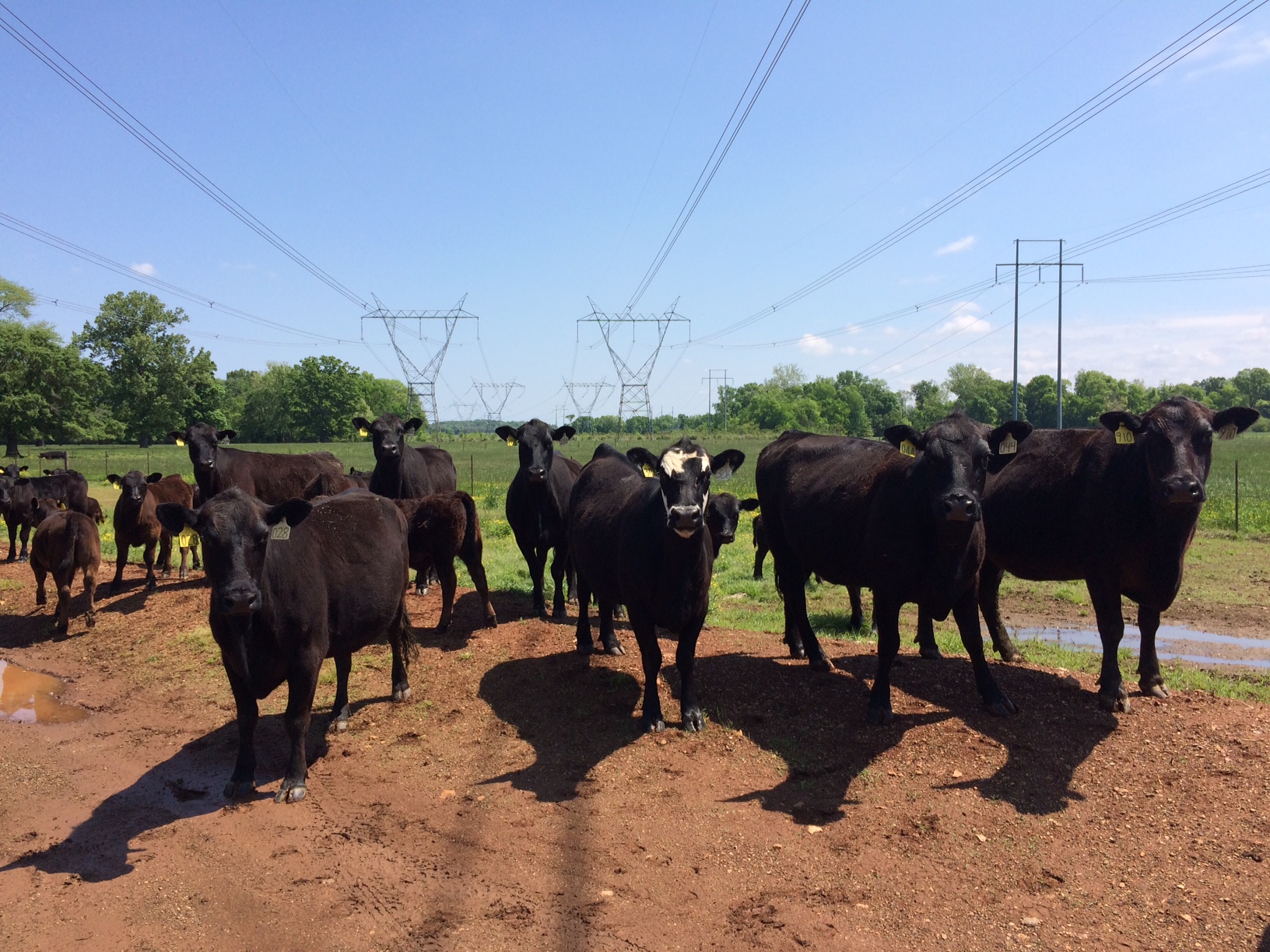Crude Protein Requirement for Beef Heifers
Nutrient Requirements of Beef Cattle
Understanding beef cattle nutrient requirements is a critical step in developing a nutritional management strategy for the herd. Nutritional decision making is a key factor determining beef cattle production and profitability. Adequate nutrition is required for growth, maintenance, lactation, and reproduction. The following tables highlight daily diet dry matter and nutrient density requirements for different classes of cattle at various stages of production based on the National Research Council's Nutrient Requirements of Beef Cattle:
- dry matter intake
- total digestible nutrients
- crude protein
- calcium
- phosphorous
Tables 1 and 3 show the requirements of growing and finishing steers and heifers. Each table is presented based on their anticipated mature weight. For steers, this represents anticipated slaughter weight. Requirements for heifers are shown as predicted weight at maturity with a body condition score of 5.
Tables 4 through 6 show the nutritional requirements of brood cows. These requirements are based on months since calving. Each table assumes that calves will be weaned at 7 months of age. This corresponds to a decrease in nutrient requirements at this time point within each table. Within a given weight group of cows, nutrient requirements change based on the anticipated size of the calf to be weaned. The weights presented are for a 7-month-old male calf. Therefore, if 205-day weights are available, it becomes easy to determine the nutrient requirements for a particular herd during any month of the year.
Table 7 is a summary of the requirements of pregnant replacement heifers relative to the time of calving. This table also accounts for the nutrients needed for continual growth by the heifers. It is assumed that the heifers are gaining at a rate of 0.73, 0.88, and 1.02 pounds per day for the 1,000-, 1,200-, and 1,400-pound heifers, respectively.
The following must be true for these tables to be effective:
- Adequate forage quality is required (≥ 52% TDN, 8% CP). As forage nutritional value declines, dry matter intake can be limited below levels presented in these tables. If this is the case, nutrient requirements as percentages will need to be adjusted.
- Cattle are in good body condition. Mature cows should be a condition score (BCS) 5 at calving, while heifers should be a BCS 6 to ensure acceptable rebreeding rates. If cattle are not in sufficient body condition, additional energy will be needed during late gestation to increase BCS. Appendix Table A gives the amount of additional TDN needed in the diet per day to change the body condition score in a 60-day period by 1 unit.
Example. Assume that a group of cows should weigh 1,200 pounds at a body condition score of 5. This herd is within 60 to 70 days of the beginning of the calving season, and they have an average condition score of 4. The herd records indicate that the average 205-day weight for the male calves is approximately 560 pounds. From Table 5, we determine that the cows will consume approximately 24 pounds of dry matter per day and that they require 52.3 percent TDN and 7.7 percent CP. Because we want to push these cows from a condition score 4 to a score of 5 in the 60 days before calving, we need to provide an additional 2.6 pounds of TDN per day. Based on the above requirements the cows need 12.55 pounds of TDN (24 × .523) plus the additional 2.6 for a total of 15.15 pounds per day. As a percentage, this group of cows would require 63.1 percent TDN during this initial 30 days of the 60-day precalving time period.
Kim Mullenix, Extension Beef Cattle Systems Specialist. Originally prepared by Darrell L. Rankins Jr., former Extension Animal Scientist, Professor, Animal and Dairy Sciences, Auburn University.
Reviewed June 2021, Nutrient Requirements of Beef Cattle, ANR-0060
Did you find this helpful?
Source: https://www.aces.edu/blog/topics/beef/nutrient-requirements-of-beef-cattle/
